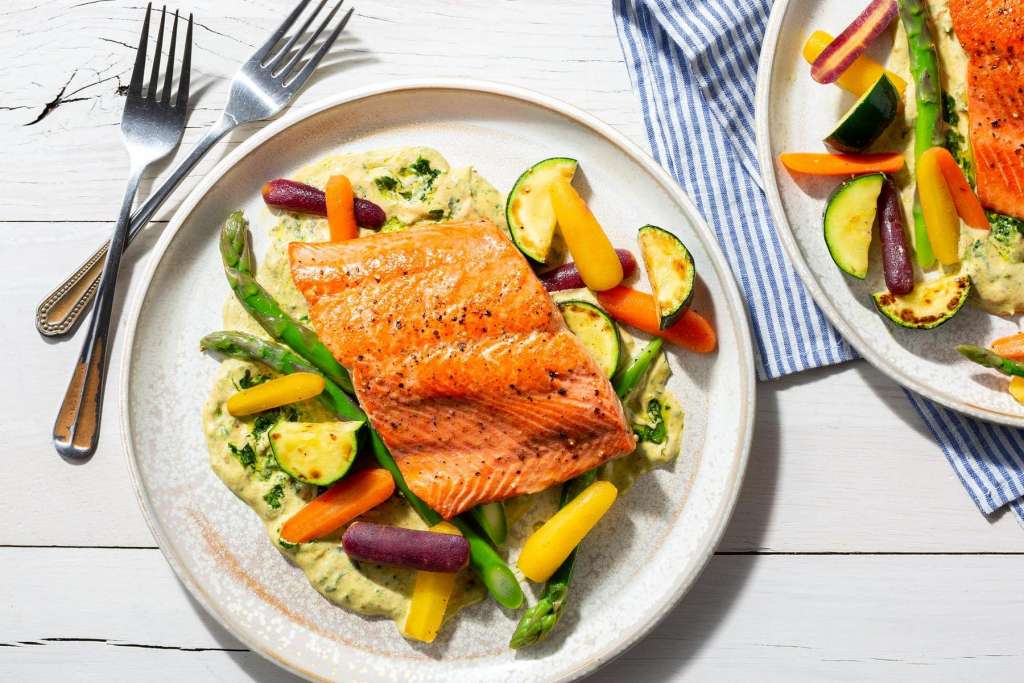Eat Your Vegetables

The research is sound: optimal health is achieved through a diet that prioritizes the powerful nutrients in plants. That doesn’t mean you have to give up on meat entirely, only that you should put plants in the center of your plate.
The benefits of prioritizing plants include:
- Reduced rate of type 2 diabetes, heart disease, and other chronic diseases.
- Lower likelihood of obesity, high blood pressure, and high cholesterol.
- Better skin. The increased amount of vitamins A, C, E, and K, as well as antioxidants and phytochemicals, are beneficial to your skin and may reduce the risk of skin cancer.
- Reduced carbon footprint. We love a perfectly-cooked steak just as much as the next carnivore, but prioritizing vegetables over meat for at least one meal a day is good for the environment’s health, too.
Here are some easy ways to get started on a more plant-centric diet:
Small changes deliver big results
Eat at least one or two servings of vegetables at every meal. Look for simple ways to incorporate vegetables throughout the day: add spinach to your smoothie, mix braised greens into your eggs, and pile cucumbers and peppers on your sandwich.
Meaty flavors instead of meat
Sometimes it’s not the meat itself we crave, but its rich flavor. Vegetables like mushrooms and eggplant are good sources of umami, glutamates that mimic some of the savoriness of meat.
Season with meat
Consider meat a seasoning rather than the main event. Add shredded chicken or steak to a stir-fry or salad, or mix a bit of pork into a big bowl of braised greens.
Keep your eyes on the prize
Instead of storing fruits and vegetables in the refrigerator, keep a few in a bowl on your kitchen counter. You’re more likely to grab an apple for a snack if it’s within easy reach.









